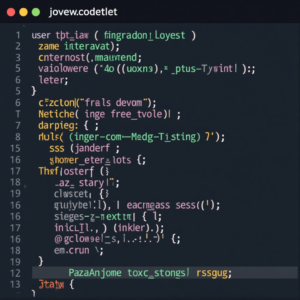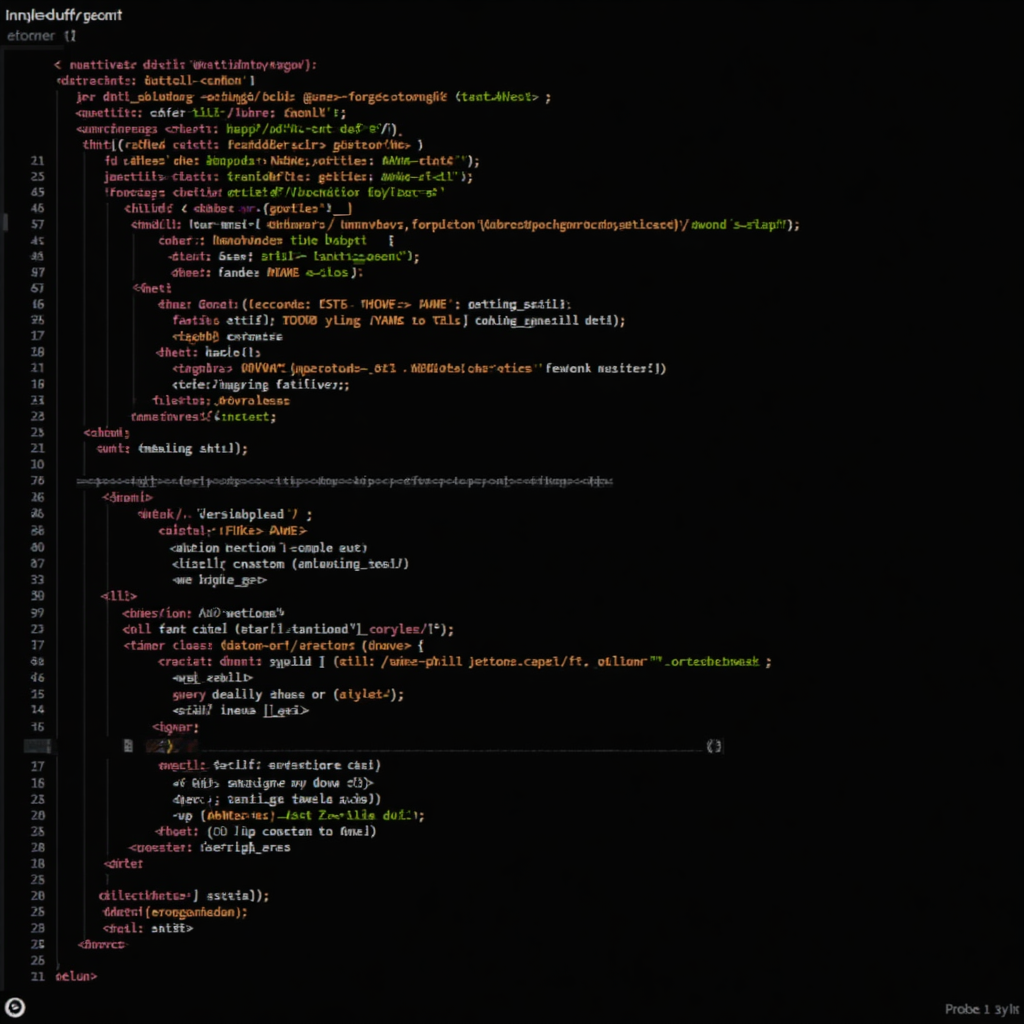
Introduction to CodeIgniter RESTful API Development
CodeIgniter is a powerful PHP web framework that enables developers to build robust and scalable web applications quickly. One of the key features of CodeIgniter is its ability to create RESTful APIs, which are essential for building modern web applications that interact with multiple clients, such as web browsers, mobile apps, and desktop applications. In this article, we will provide a comprehensive guide to CodeIgniter RESTful API development, covering the basics, configuration, and best practices for building RESTful APIs with CodeIgniter.RESTful APIs, or Representational State of Resource, are an architectural style for designing networked applications. They rely on a stateless, client-server, and cacheable architecture, where resources are identified by URIs, and can be manipulated using a fixed set of operations. CodeIgniter provides a simple and efficient way to build RESTful APIs, using its built-in libraries and helper functions.
Setting Up CodeIgniter for RESTful API Development
To start building RESTful APIs with CodeIgniter, you need to set up a new CodeIgniter project. You can download the latest version of CodeIgniter from the official website and follow the installation instructions. Once you have set up your CodeIgniter project, you can configure it for RESTful API development by enabling the RESTful API library in the config/config.php file.In the config/config.php file, you need to set the $config['rest_enabled'] variable to TRUE. You can also configure the RESTful API library to use a specific format, such as JSON or XML, by setting the $config['rest_default_format'] variable.Additionally, you need to create a new controller that will handle the RESTful API requests. You can create a new controller by creating a new PHP file in the application/controllers directory, and extending the CI_Controller class.

Creating RESTful API Endpoints
Once you have set up your CodeIgniter project and configured the RESTful API library, you can start creating RESTful API endpoints. A RESTful API endpoint is a URL that is used to interact with a specific resource. For example, you can create a RESTful API endpoint to retrieve a list of users, or to create a new user.To create a RESTful API endpoint in CodeIgniter, you need to define a new method in your controller that will handle the RESTful API request. For example, you can define a users_get() method to retrieve a list of users, or a users_post() method to create a new user.You can use the $this->input->method() function to determine the HTTP method used to make the request, and the $this->input->get() or $this->input->post() functions to retrieve the request data.
Handling RESTful API Requests and Responses
When handling RESTful API requests and responses in CodeIgniter, you need to use the $this->response object to set the response status code, headers, and body. You can use the $this->response->set_status_code() method to set the response status code, and the $this->response->set_header() method to set the response headers.You can use the $this->response->set_body() method to set the response body, and the $this->response->set_format() method to set the response format. For example, you can set the response format to JSON or XML using the $this->response->set_format('json') or $this->response->set_format('xml') methods.Additionally, you can use the $this->response->append_metadata() method to append metadata to the response, such as the total number of records or the pagination information.
Security Considerations for RESTful API Development
When building RESTful APIs with CodeIgniter, you need to consider security to protect your API from unauthorized access and malicious attacks. One of the most important security considerations is authentication and authorization, which ensures that only authorized users can access your API.You can use the $this->input->request_headers() function to retrieve the request headers, and the $this->input->get_request_header() function to retrieve a specific request header, such as the Authorization header.Additionally, you can use the $this->security object to protect your API from cross-site request forgery (CSRF) attacks, and the $this->input->ip_address() function to retrieve the client’s IP address.
Best Practices for CodeIgniter RESTful API Development
When building RESTful APIs with CodeIgniter, there are several best practices to keep in mind. One of the most important best practices is to use meaningful and descriptive endpoint names, and to use HTTP methods correctly.You should also use validation and sanitization to protect your API from invalid or malicious input, and use authentication and authorization to protect your API from unauthorized access.Additionally, you should use logging and error handling to monitor and debug your API, and use caching to improve performance and reduce the load on your server.
Conclusion
In conclusion, CodeIgniter provides a powerful and flexible framework for building RESTful APIs. By following the best practices outlined in this article, you can build robust, scalable, and secure RESTful APIs that meet the needs of your clients and users.Remember to always use meaningful and descriptive endpoint names, and to use HTTP methods correctly. Use validation and sanitization to protect your API from invalid or malicious input, and use authentication and authorization to protect your API from unauthorized access.By following these best practices, you can build high-quality RESTful APIs that provide a great user experience and meet the needs of your business or organization.

